This post is part of series by Brookings experts on Trump’s 1st State of the Union.
Iran has loomed large in the Trump administration’s first-year foreign policy, and for that reason, it seems almost inevitable that President Donald Trump will take advantage of his upcoming State of the Union address to trumpet his efforts to improve the 2015 nuclear deal, counter Iran’s regional influence, and champion recent protests against a government that has been one of America’s more intractable adversaries. For a presidency in which Tweets often eclipse policy initiatives, Iran offers a convenient mark for prime-time rhetorical posturing. Given the high stakes, the president needs to use this opportunity to offer the American people a sober appraisal of how U.S. interests and allies will be safer if he follows through on his threat to “terminate” the nuclear agreement.
Iran’s place in State of the Union history
Over the past 75 years, Iran has found its way into multiple State of the Union addresses, first as an object of Cold War rivalry and later as an archetype of the threat posed by Islamic extremism. President Reagan used his 1987 State of the Union to venture an early acknowledgement of his role in the Iran-contra arms-for-hostages scandal, and President George W. Bush’s immortalization of Iran as part of an “axis of evil” in his 2002 address presaged his administration’s catastrophic detour into Iraq a year later.
As that episode underscores, the primary audience for the State of the Union is the American people; Bush’s ”axis of evil” catchphrase was intended to help make the case for preemptive war. Still, in the absence of formal ties between Washington and Tehran, any official U.S. pronouncements assume added significance as direct messages to Iran’s leadership and its people. Rhetoric that appeals to the base at home rarely receives a positive reception within Iran. Bush’s “axis of evil” reference provoked nationalist outrage among Iranians across the political spectrum, and some reformist politicians remain convinced that the rhetoric helped doom their prospects of advancing gradual change to the revolutionary system.
Ducking the issue is no solution, as President Jimmy Carter found. His January 1979 State of the Union address included only a glancing reference to the turmoil that had prompted the Shah to flee Iran only a few days earlier. Carter shrugged off questions with the explanation that he could not “think of anything I could say about it that would contribute to the hopes that we have” for an orderly transition. What little good that silence accomplished; by the time that Carter returned for his next SOTU address, Iranian students had seized the U.S. embassy and Tehran was holding dozens of American diplomats as hostages.
Trump’s deal-making ambitions for Iran and the region
Trump will need little encouragement to indulge in some tough talk about Iran; the issue has been a central preoccupation for the president since his campaign, when he used mainstream Republican dissatisfaction with the nuclear agreement to spotlight his self-image as a master deal-maker. And his determination to challenge Tehran emerged as a central priority early in his presidency, where his instincts have been reinforced by a fleet of hawkish cabinet secretaries, whose views of Iran were forged by first-hand experience in Lebanon, Iraq, and Afghanistan.
Despite Trump’s focus on Iran, to date he has yet to rack up any meaningful gains. His October decision to ‘decertify’ the Iran nuclear deal produced an uproar, but the bureaucratic maneuver has generated little evident progress toward the “fixes” he has since demanded, bipartisan legislation, or a supplemental agreement. America’s partners in nuclear diplomacy remain committed to upholding the original deal.
Meanwhile, even with a more assertive Saudi Arabia and a newfound American commitment to an open-ended military presence in Syria, Iran’s reach across the region has seen little tangible pushback. The only real challenge has come from Iran’s own citizens, who took to the streets in a wave of demonstrations that were quickly—if probably only temporarily—extinguished.
Given that track record, it would be fitting for the president to offer a serious, detailed articulation of his regional strategy. That strategy must emphasize how he expects to manage the risk of a revived Iranian nuclear program and the fallout to our transatlantic relationships if he follows through on his threat to “terminate” the nuclear deal. Trump must also explain how he expects to achieve his ambitious array of stated goals in Syria—promoting stability and leadership transition, preventing the resurgence of ISIS, and weakening Iranian influence—via an investment that remains vastly outflanked by that of all Washington’s strategic rivals.
The chasm between Trump’s maximalist objectives in the Middle East and the diplomatic leverage and military commitment that his administration has assembled to date is untenable. Something will have to give; the only question is whether it is the means or the ends. The outcome of Trump’s maneuvers on the Iran nuclear deal and his gamble in Syria will have real consequences for the region and for Americans. The White House owes the American people an honest, objective account of these momentous initiatives, much as Barack Obama offered in his 2014 SOTU address when he made a tempered case for the nuclear negotiations with Iran.
As a candidate, Trump described the Middle East as a “big, fat quagmire,” and he has repeatedly disparaged his predecessors’ engagement in the region as wasteful and counterproductive. Unfortunately, vital American interests remain inescapably entwined in the region, and its deep challenges defy quick or simple solutions. In his upcoming State of the Union address, President Trump should acknowledge this, and then explain how his approach can improve upon the past.
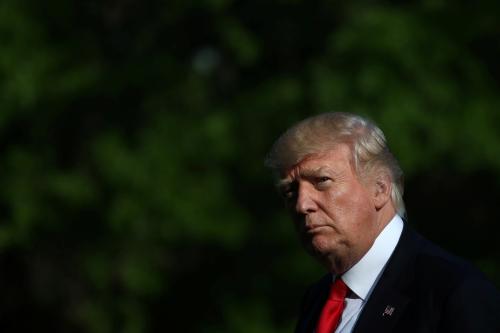
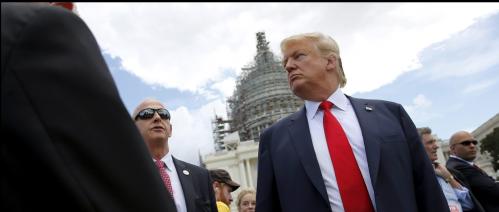
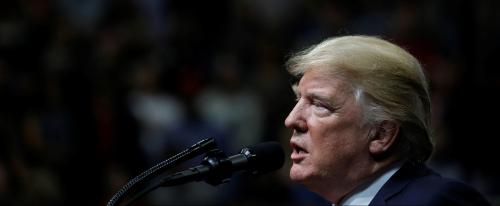
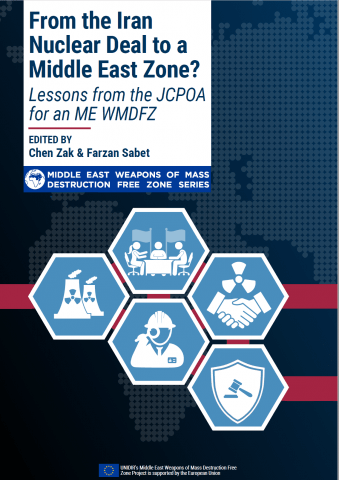
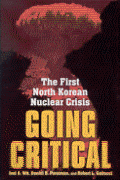




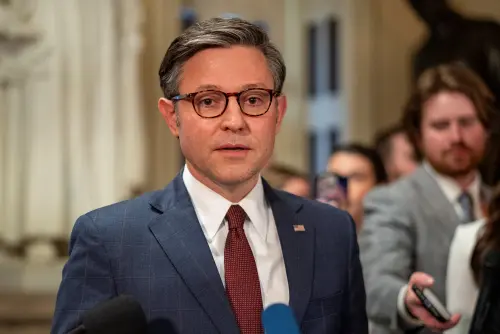
Commentary
Trump’s 1st State of the Union: His moment to provide clarity on Iran and Middle East policy
January 29, 2018